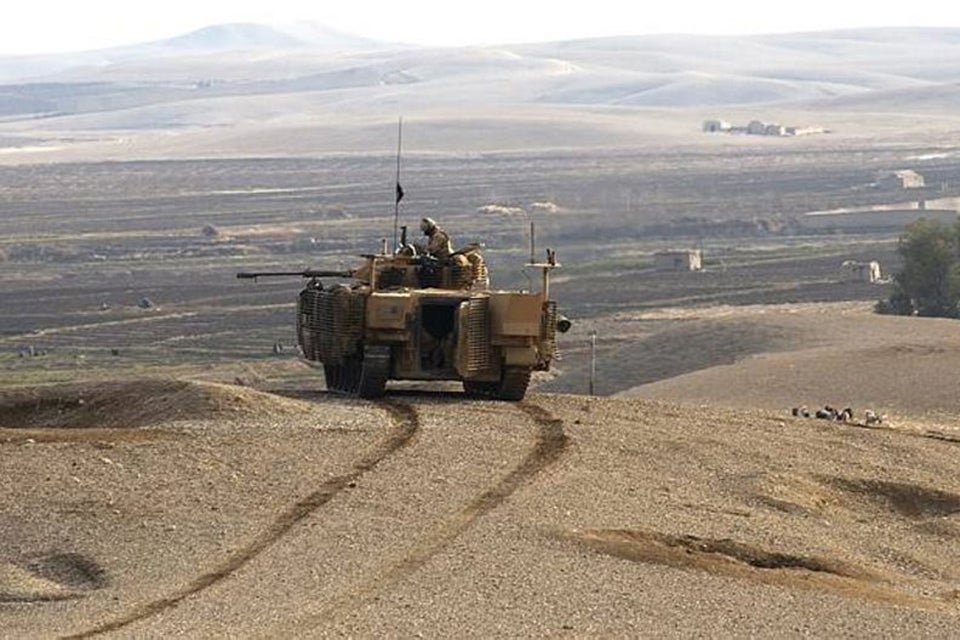
The UK Ministry of Defence (MoD) has released a £160bn defence equipment plan, detailing its procurement and support programmes for the country’s armed forces in the next ten years.
Fully reviewed by the National Audit Office (NAO), the fully-funded plan sets out the UK Army, Royal Navy and Air Force’s spending on new equipment, data systems and equipment support for the 2012-2022 period.
Commenting on the document, UK defence secretary Philip Hammond said that the culture of over-promising and under-delivering that created a multi-billion pound black hole in the defence budget was being cleared up step-by-step.
"For the first time in a generation, the armed forces will have a sustainable equipment plan," Hammond added.
The plan allocates £35.8bn for seven Astute-class attack submarines, and development of Vanguard-class ballistic missile submarines replacement, and £17.4bn for two Queen Elizabeth-class aircraft carriers, six Type 45 destroyers, as well as the Type 26 Global Combat Ship.
Combat aircraft such as F-35 Lightning II, Eurofighter Typhoon and unmanned aerial vehicles received £18.5bn in funding, whereas £13.9bn will be spent on procurement of air-to-air refuelling, passengers and heavy lift aircraft, such as Voyager and A400M.
The MoD is planning to spend £12.3bn on armoured fighting vehicles, including Warrior, Scout and other land equipment, while rotorcraft programmes, comprising Chinook, Apache, Puma and Wildcat, receive £12.1bn budgetary allocation.
An estimated £11.4bn will be used for missiles, torpedoes and precision-guided bombs purchases in the next ten years, according to the plan, which for the first time also features a £4.8bn contingency allowance for cost variation management and protection of existing projects.
The plan also features an unallocated £8bn for future equipment priorities, which will be decided by the Armed Forces Committee (AFC), only after receiving confirmation from the MoD that they are affordable and deliverable.
Image: A Warrior infantry fighting vehicle in Helmand province, Afghanistan. Photo: courtesy of corporal Steven Peacock, Crown Copyright/MOD 2012.




